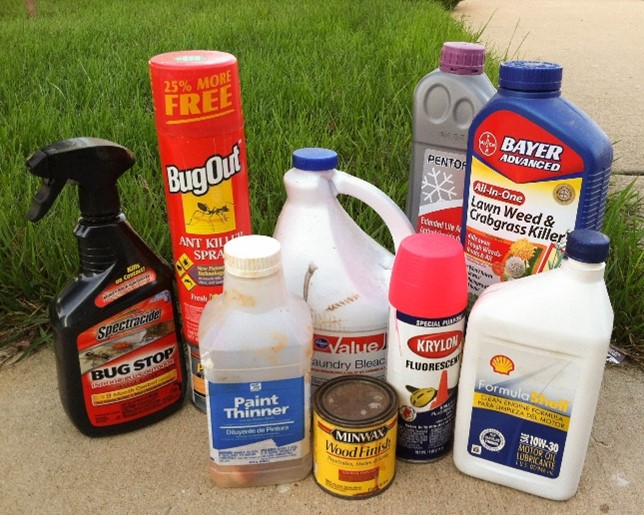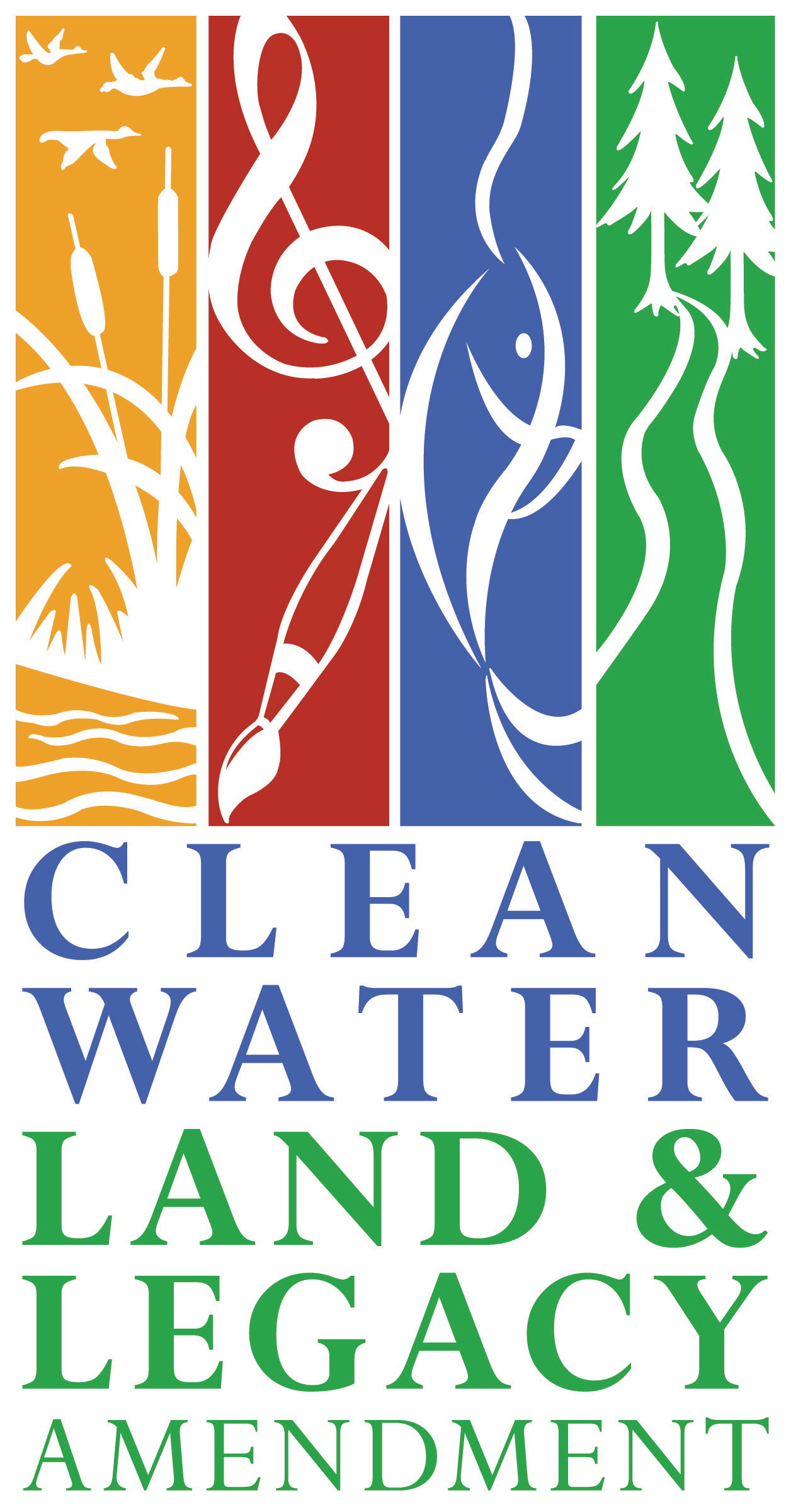Source Water Protection (SWP)
- SWP Home
- Protecting Drinking Water Sources
- SWP Requirements and Recommendations
- SWP Grants
- Groundwater Protection Initiative - Accelerated Implementation Grant
- SWP Awards
- Laws and Rules
- SWP Web Map Viewer
- Surface Water Program
- SWP Reports and Data
- SWP Implementation Resources
- Source Water Assessments
- Stories from the Source
Related Topics
- Water: Business and Government
- Drinking Water Information for Consumers
- Water Testing and Data Reports
- Minnesota Well Index
- Clean Water Fund
Environmental Health Division
Proper Disposal of Hazardous Waste Protects Drinking Water in the City of Kimball
Stories from the Source
The City of Kimball is located south of Saint Cloud and has been proactively protecting their drinking water by conducting an annual city clean-up day for over 20 years. Improper disposal of hazardous waste could lead to a variety of contaminants leaching into the aquifer used as the city’s source of drinking water. Kimball recognized that by eliminating sources of contamination, such as hazardous and household waste, they could proactively prevent groundwater contamination from spills or leaks.

Executing a city-wide clean-up day in Kimball was successful due to extensive planning efforts and partnerships. Since Kimball is in Stearns County, they have access to a hazardous waste facility with a mobile unit that allowed flexibility in planning the clean-up day. The Kimball Lions Club volunteered at this event and helped pass the time for participants waiting in their vehicles by selling hotdogs, beverages, and homemade baked goods. Volunteers also aided by keeping track of vehicles and removing items from cars, trucks, and trailers. In total, the support included several city staff, the hazardous waste mobile unit, and many volunteers.
Kimball’s key strategies for maintaining a successful event every year include:
- Providing information to residents regarding proper handling, storage, and disposal of household and hazardous waste materials and pharmaceuticals.
- Sharing information with residents and businesses about the county’s household hazardous waste collection services and programs.
- Extensive promotion and outreach, including advertising in the Tri-County News and on social media, sharing flyers at local businesses, and including newsletters with the residents’ utility bills.

The results of Kimball’s annual clean-up days are very impressive. This year, they collected many types of waste, including batteries, paints, pesticides, televisions, bed frames, and mattresses. In just three hours, from a total of 56 homes, about 2,852 pounds of paint, 221 pounds of pesticides, 144 pounds of reactive chemicals, 120 pounds of batteries, 511 fluorescent bulbs, and 694 pounds of other household hazardous waste were properly disposed of. There was a total of 16.74 tons of garbage and 4,031 pounds of household hazardous waste collected and disposed of at little to no cost to residents.
By holding this event every year, Kimball is proactively preventing chemicals, pharmaceuticals, and other toxic waste from being dumped down drains or thrown in the trash. These efforts to properly dispose of hazardous materials can make a tremendous impact to protecting drinking water and human health.
